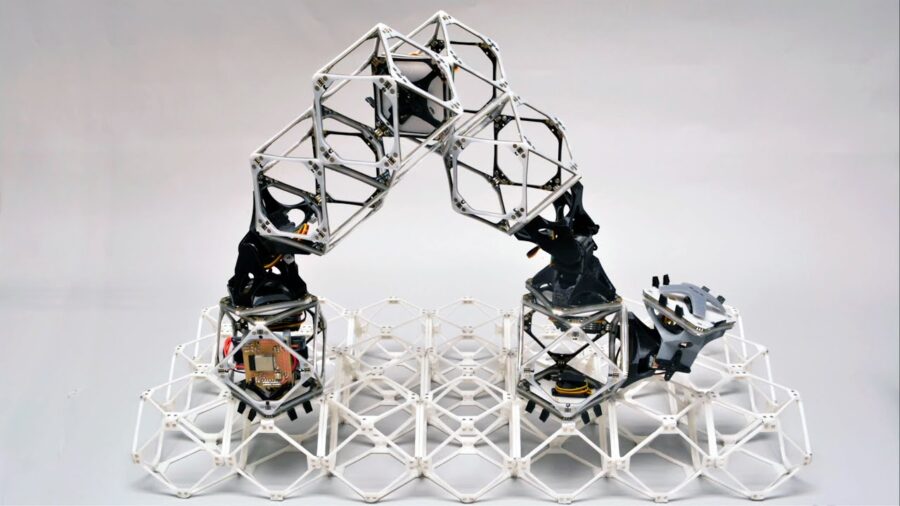Researchers at MIT’s Center for Bits and Atoms build robots, which are effectively self-assembled. The team admits that an autonomous, self-assembling robot is still “many years away,” but so far the robot is showing positive results.
The center of the system involves voxels (a term borrowed from computer graphics), which carry energy and data that can be exchanged between parts. The parts form the base of the robot, grabbing and attaching additional voxels before moving them around the mesh for further assembly.
The researchers note in the corresponding article published in the journal Nature:
“Our approach challenges the traditional notion that larger structures require larger machines to build them, and can be applied to areas that today either require significant capital investment in fixed infrastructure or are not feasible at all.”
Developing the right level of intelligence for these systems is a big hurdle. Among other things, robots must determine how and where to build, when to start building a new robot and, in general, how to avoid collision with each other in the process of work.
The team is currently working on creating stronger connectors to hold the voxels together.
NASA and the US Army Research Laboratory participate in the financing of the project.





Loading comments …